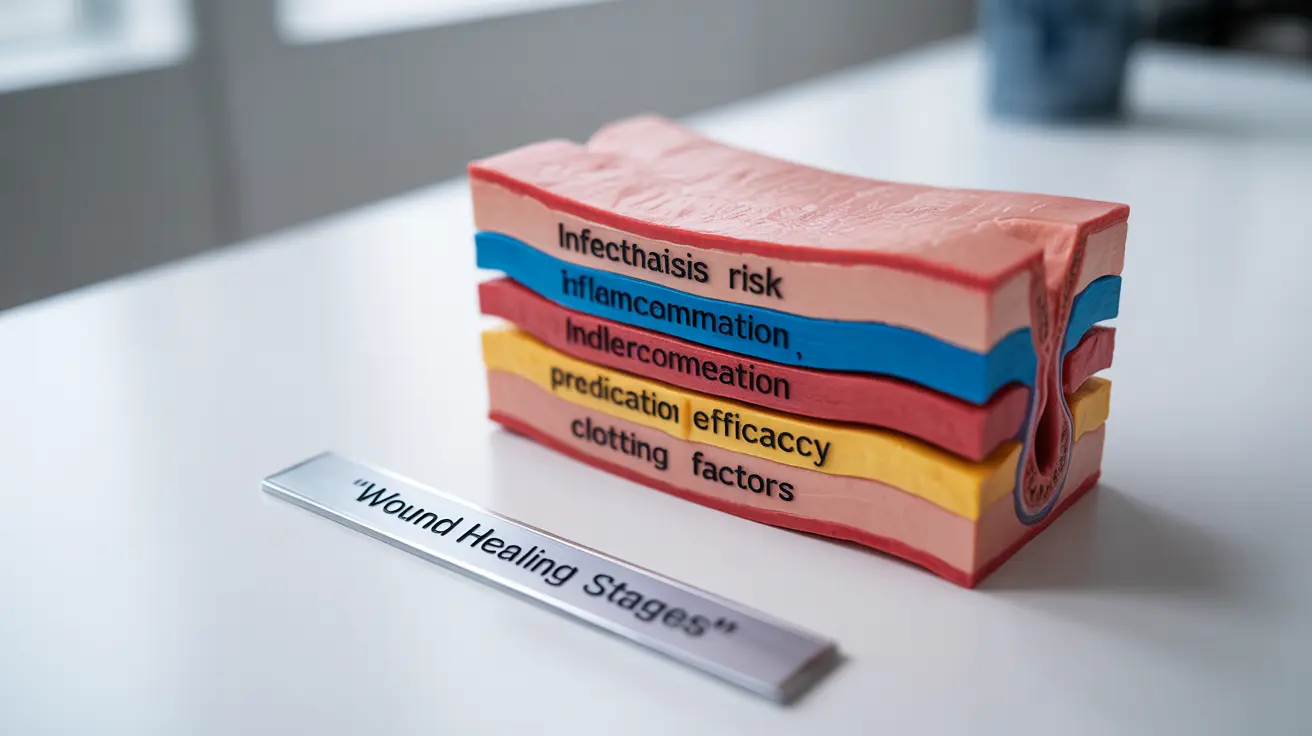A Christina piercing is a distinctive type of genital piercing that has gained popularity in recent years. This article will explore what a Christina piercing is, its potential benefits, risks, and important considerations for those interested in this unique body modification.
Located at the top of the vulva where the labia majora meet, a Christina piercing extends vertically through the mons pubis. While it's primarily an aesthetic choice, many wearers report increased confidence and body positivity as a result of this piercing.
What Is a Christina Piercing?
A Christina piercing is a surface piercing that sits at the junction of the outer labia, just above the clitoral hood. It's sometimes referred to as a "Venus piercing" due to its location in the cleft of Venus. Unlike some other genital piercings, the Christina is purely ornamental and doesn't directly stimulate the clitoris or enhance physical sensation.
The jewelry used in a Christina piercing typically resembles a lower belly button piercing, with the top of the jewelry visible externally while the bottom rests internally. This unique placement makes it both visually striking and relatively discreet when clothed.
Anatomical Considerations
Not everyone's anatomy is suitable for a Christina piercing. It requires a sufficient amount of pliable tissue in the mons pubis area and a deep enough divot above the clitoral hood. An experienced piercer can assess your anatomy during a consultation to determine if you're a good candidate for this piercing.
A simple self-check you can perform at home involves gently pinching the area above your clitoris. If there's enough fleshy tissue to hold between your fingers, you might be anatomically suited for a Christina piercing. However, a professional evaluation is still necessary for a definitive answer.
Benefits and Effects of Christina Piercings
While a Christina piercing doesn't directly increase physical pleasure, many wearers report several positive effects:
- Boosted sexual confidence
- Improved body image
- Enhanced aesthetic appeal
- Potential indirect stimulation during intimate activities
It's important to note that a positive genital self-image has been linked to improved overall body image, reduced sexual performance anxiety, and greater sexual enjoyment. For some individuals, a Christina piercing can contribute to these positive outcomes.
Christina Piercing Process and Pain Level
The Christina piercing procedure is typically performed by an experienced piercer in a sterile environment. The process involves:
- Health screening and anatomy evaluation
- Disinfection of the area
- Marking the piercing site
- Performing the piercing
- Inserting the jewelry
- Cleaning and providing aftercare instructions
In terms of pain, most people rate the Christina piercing as moderate, typically around 3-4 out of 10 on the pain scale. However, pain perception can vary based on individual factors such as stress levels, fatigue, or overall health at the time of piercing.
Healing and Aftercare
The healing time for a Christina piercing can range from 2-4 months, with some cases taking up to a year for complete healing. This extended healing period is due to the sensitive location and constant movement in the area.
Proper aftercare is crucial for successful healing and includes:
- Cleaning the piercing with saline solution 2-3 times daily
- Wearing loose-fitting clothing to reduce friction
- Using sanitary pads or panty liners to protect the area
- Avoiding sexual activity until the piercing is fully healed
- Refraining from swimming or soaking in bodies of water during the healing process
It's essential to follow your piercer's specific aftercare instructions and to be patient during the healing process. Any signs of infection, such as increased swelling, severe pain, or foul-smelling discharge, should be addressed by a healthcare professional immediately.
Risks and Complications
As with any body modification, Christina piercings come with potential risks and complications, including:
- Infection
- Allergic reactions (especially to nickel in jewelry)
- Poor healing or rejection
- Tearing or migration of the piercing
- Scarring
To minimize these risks, it's crucial to choose a reputable piercing studio with strict sterilization protocols and to follow all aftercare instructions diligently.
Choosing Jewelry for Your Christina Piercing
The most common types of jewelry used for Christina piercings are:
- Metal L-bars
- Curved barbells
When selecting jewelry, opt for high-quality materials such as:
- Implant-grade stainless steel (ASTM-F138 or ISO-5832-1 compliant)
- Implant-grade titanium (ASTM-F136 or ISO 5832-3 compliant)
- Solid 14-karat gold or higher
Avoid gold-plated jewelry, as it can cause irritation and allergic reactions. Your piercer can help you choose the appropriate jewelry size and style for your anatomy and personal preferences.
Frequently Asked Questions
- What is a Christina piercing, and where is it located on the body?
A Christina piercing is a genital piercing located at the top of the vulva where the labia majora meet. It extends vertically through the mons pubis, resembling a lower belly button piercing. The top of the jewelry is visible externally, while the bottom rests internally.
- How long does it take for a Christina piercing to heal, and what are the best practices for aftercare?
Healing time for a Christina piercing typically ranges from 2-4 months but can take up to a year for complete healing. Best aftercare practices include cleaning the piercing with saline solution 2-3 times daily, wearing loose-fitting clothing, using sanitary pads to protect the area, avoiding sexual activity until healed, and refraining from swimming or soaking in water during the healing process.
- What are the potential risks and complications associated with getting a Christina piercing?
Potential risks and complications of Christina piercings include infection, allergic reactions (especially to nickel), poor healing, rejection, tearing or migration of the piercing, and scarring. To minimize these risks, choose a reputable piercing studio and follow all aftercare instructions carefully.
- Can a Christina piercing enhance sexual pleasure or intimacy for the wearer or their partner?
A Christina piercing is primarily ornamental and does not directly enhance physical sensation for the wearer. However, it can boost sexual confidence and improve body image, which may indirectly enhance sexual experiences. Some partners may find the piercing visually appealing, and during certain intimate activities, the jewelry might provide indirect stimulation.
- How do I determine if my anatomy is suitable for a Christina piercing, and what alternatives are available if it's not?
To determine if your anatomy is suitable for a Christina piercing, consult with an experienced piercer. They will assess if you have enough pliable tissue in the mons pubis and a deep enough divot above the clitoral hood. If your anatomy isn't suitable, alternatives might include other genital piercings like vertical hood piercings or triangle piercings, depending on your individual anatomy and preferences.




